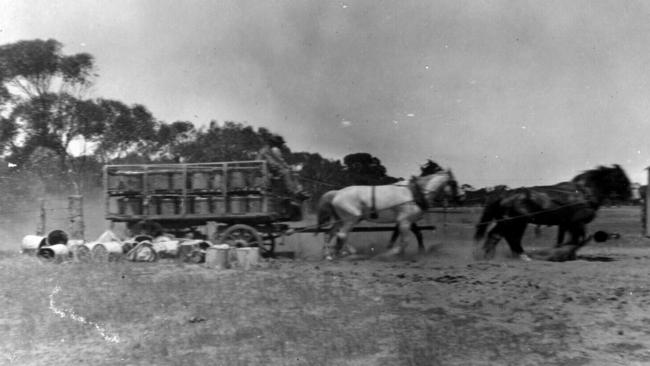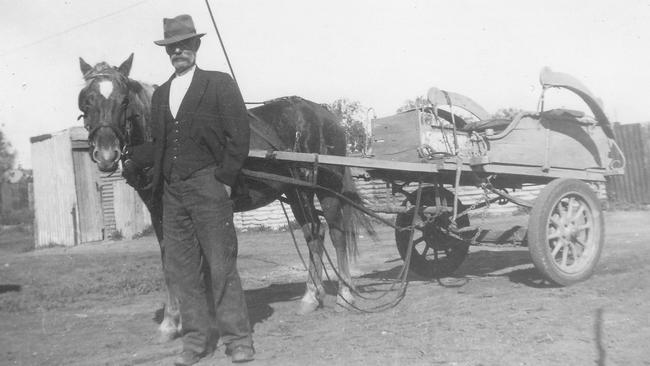The jobs that technology erased
TECHNOLOGY has dramatically changed the way we work — as has downsizing companies — completely erasing entire careers. Here are the jobs that no longer exist.
Did we forget any? Leave your memories about jobs that no longer exist
- Do you remember Marineland?
- The places where we used to hang out
- Days in the old school yard
Does your first job still exist?
Over the past 50 years the workforce has changed dramatically and many jobs have been phased out by technology, changing consumer demand, companies downsizing or upsizing, variations in lifestyles and a whole host of other reasons.
Jobs that once paid mortgages, fed families and kept home fires burning, have now disappeared. Skill and knowledge learned over many years no longer needed. These are the jobs that time forgot.
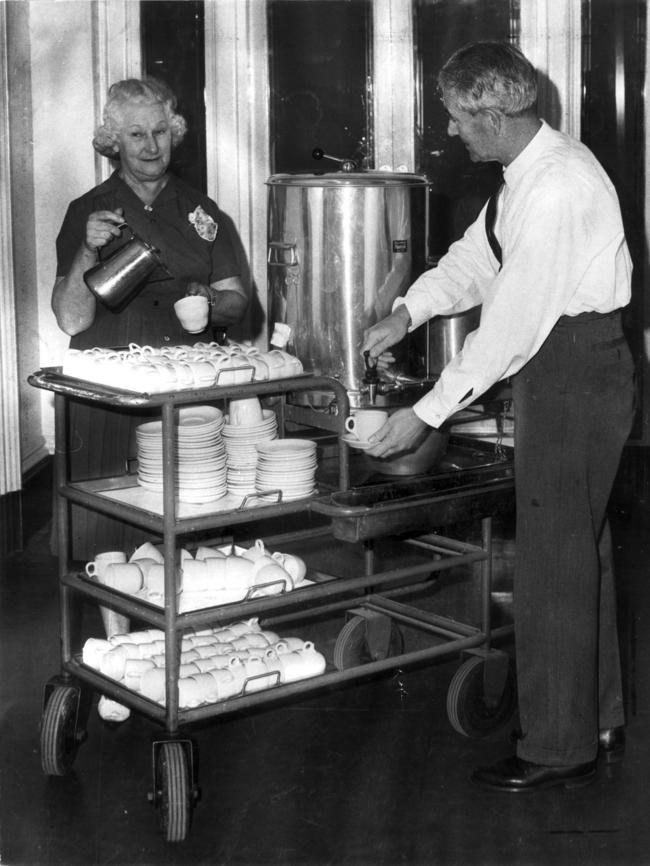
The tea lady
In most big offices (and even some small offices) there was a tea lady with a trolley who brought a cup of tea, biscuits, a friendly face and a bit of banter.
Her job was to make sure office workers weren’t without a cuppa and a biscuit during their busy day, usually around mid-morning and mid-afternoon.
It seems almost unbelievable in this day and age of corporate downsizing and budget cuts but tea ladies were considered to be an important part of office structure, making sure that employees were looked after and their needs were catered for.
Tea ladies were eventually phased out and replaced with tea and coffee dispensers.
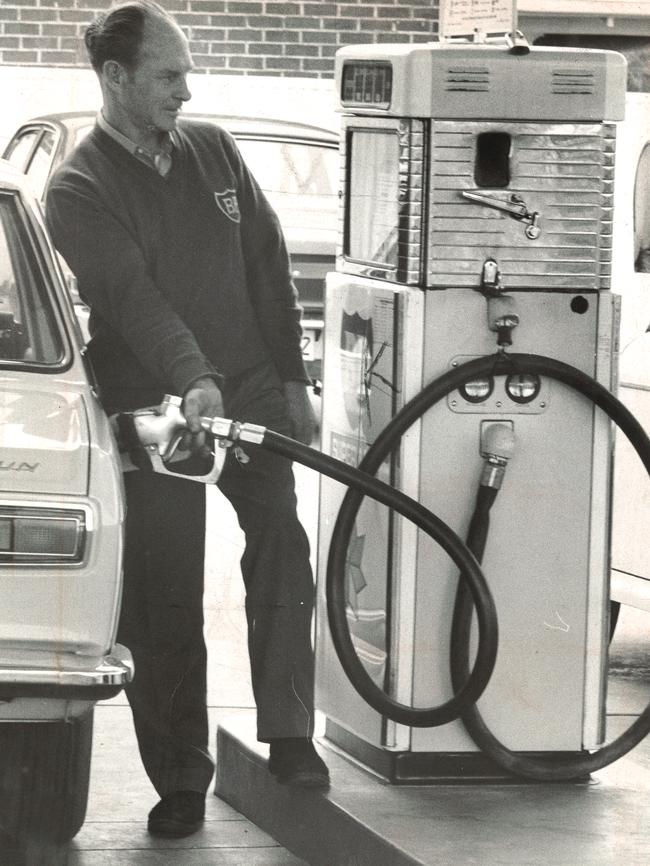
Petrol pump attendant
It’s been years since bowser boys filled up our cars with petrol, washed the windscreen checked the oil and tyres and performed some of the minor jobs like fixing the windscreen wipers or topping up the radiator.
Many of the petrol stations then were small independent operators and also had a mechanical workshop where they could service and maintain your car, so the assistance they provided on the driveway was an important part of their ongoing business.
Many of the petrol pump attendants were indentured to the business, learning their trade as a mechanic, so it was all part of their apprenticeship.
They were replaced by self-service petrol pumps
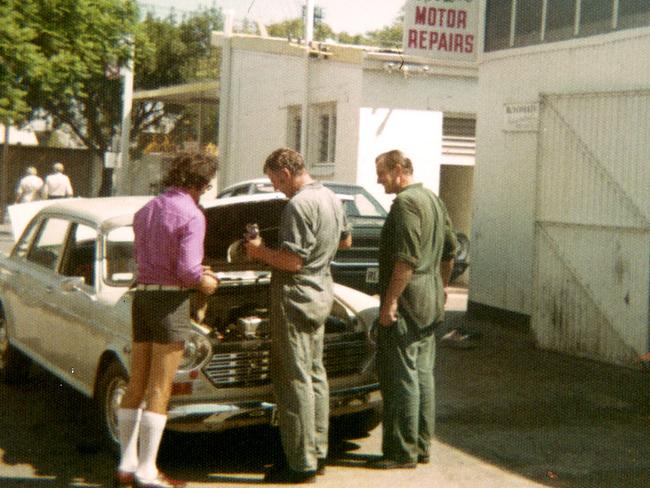
Manual switchboard operator
“Number please ... are you extending......?”
There was a time, when to speak to someone on the telephone, you had to be put through by the switchboard operator. It seems almost incomprehensible in this day and age of instant communication but the operator had to manually connect the caller and the person receiving the call through a series of wires and plugs.
Manual telephone exchanges were controlled by the Postmaster Generals Department and in the late-50s when self-dialling telephones were introduced staff numbers were dramatically reduced. Operators were still needed for STD or international calls but eventually technology saw all manual operators phased out by the 1980s.
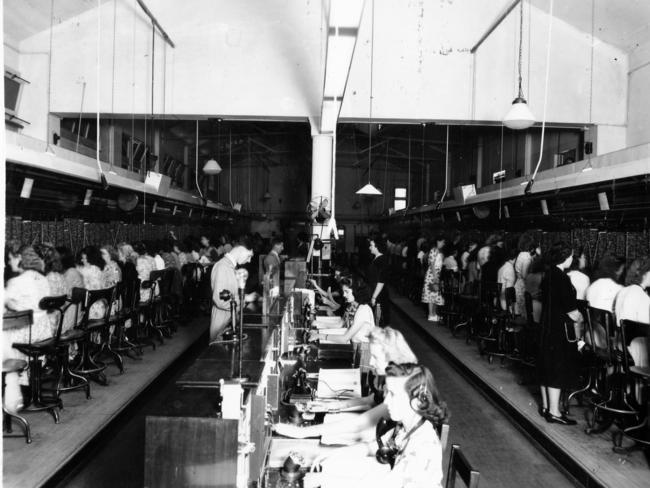
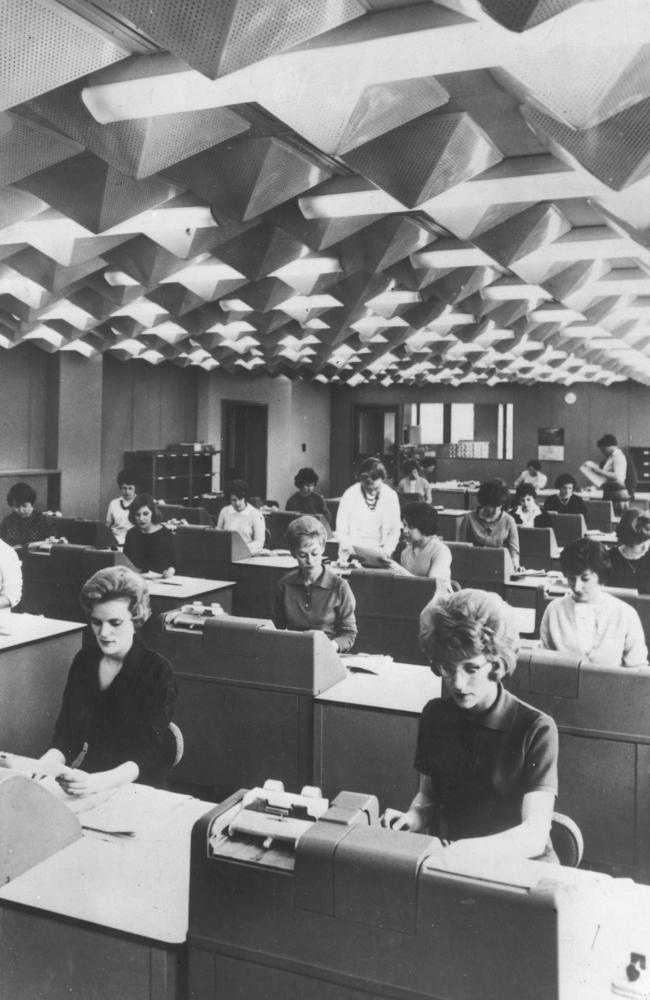
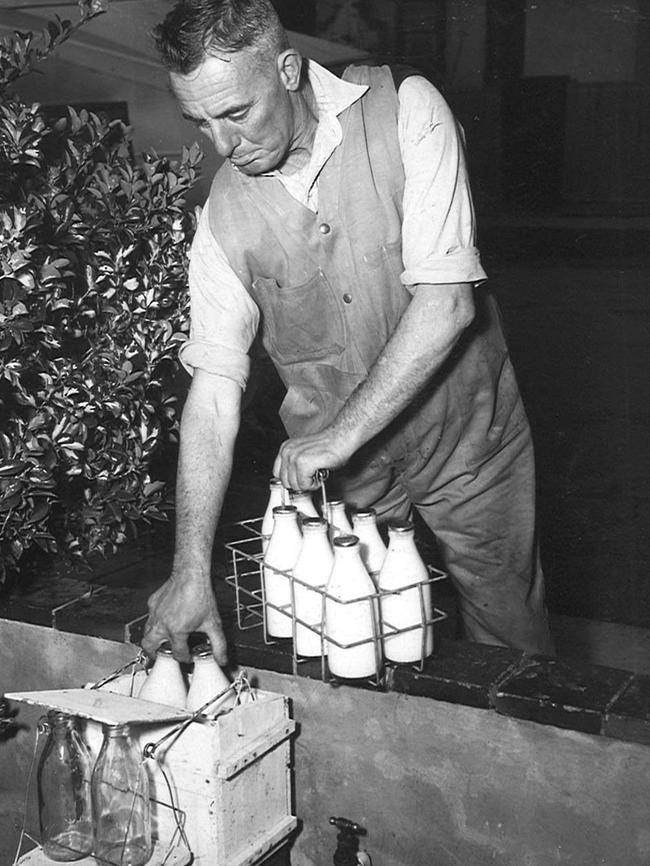
Daily milk delivery
Remember when you would be woken each morning to the clinking sound of glass bottles as the milky delivered fresh milk to your home?
It was a daily ritual that lasted right through my childhood and up until the early 80s.
Indeed many milkies even continued to use the old horse and cart for the regular delivery until the early 70s at least.
The empty milk bottles and orders were left on the front veranda for the milky to refill.
Buying daily milk supplies from the supermarket or deli eventually relaced the milk man.
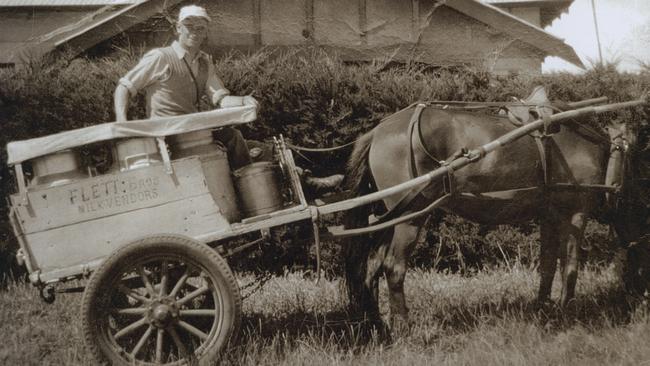
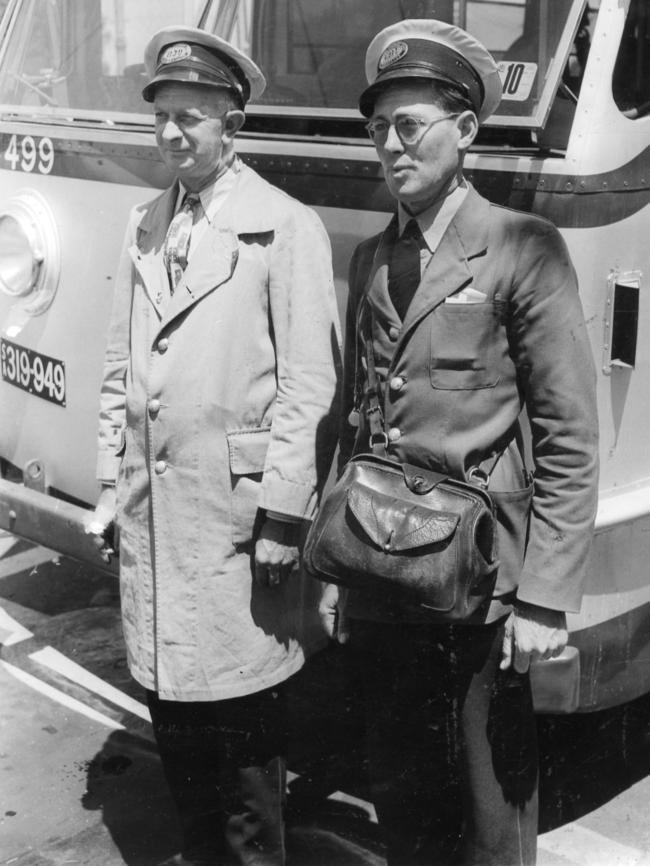
Bus/tram conductor
Conductors had very close contact with passengers as they moved through the bus or tram taking fares, answering questions and helping people on and off the vehicle.
Good conductors did this in a friendly way and with a smile. The Adelaide Tram Museum carries the story of conductor Arthur Sommers who received a commendation from a family after he helped a young mother off a tram and carried one of the small children from the tram to the footpath.
Automated ticketing, which was introduced in Adelaide during the 80s, was the beginning of the end for the much loved bus/tram connies
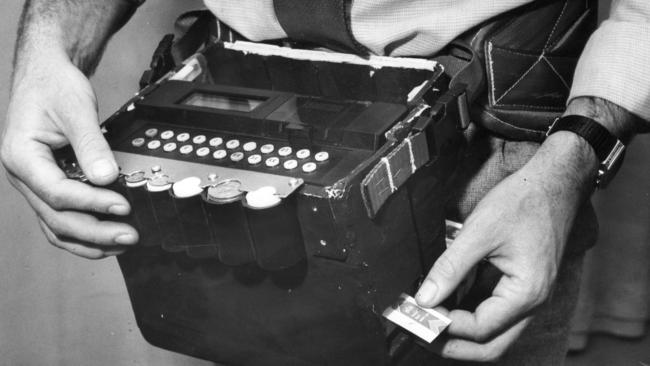
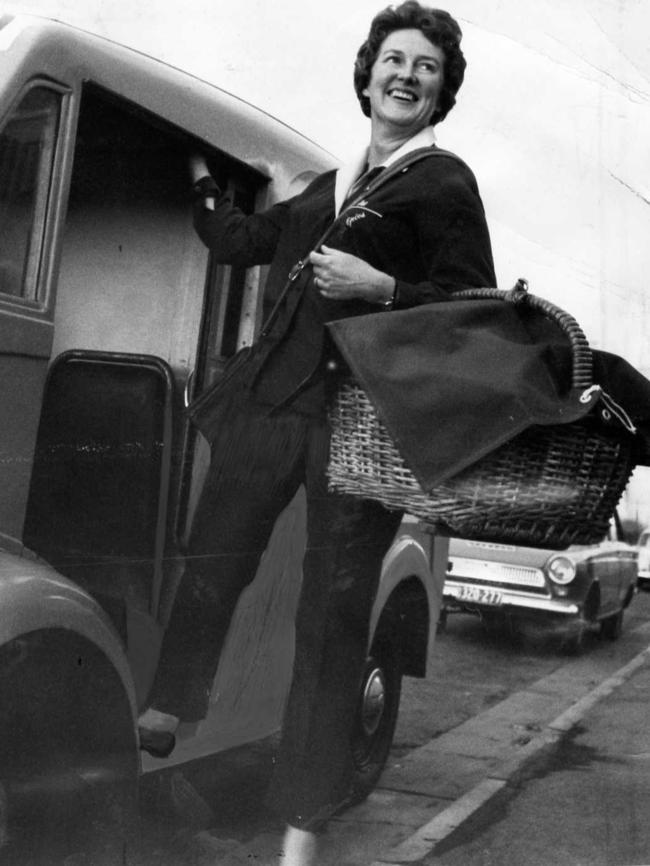
Daily bread delivery
Before supermarkets and sliced bread in plastic bags, warm, fresh bread was delivered each day by the baker or bread delivery man/woman.
The interior of the baker’s cart or van was lined with wooden shelving on which sat perhaps hundreds of loaves of crusty bread, all baked fresh that morning. The delivery man’s only tool of trade (aside from his knowledge of the round) was the large wicker basket, into which he would place the hot bread, cover with a clean white linen cloth and deliver into the householder’s bread crock.
Daily bread delivery, like the milk delivery, mostly disappeared with the introduction of the large supermarket chains.
Night cart man
Before septic tanks and sewage pipes, most houses had an outside lavatory (it was never called a toilet then). Once a week the night cart man would call and collect the pan of human waste from the ‘thunderbox’. He would carry the loaded container on his shoulder to the night cart and then replace it with an empty pan.
We knew them as nightmen, or in some cases, dunnymen, and it was their job to get rid of the waste. The night cart man was made redundant by indoor toilets that flush the waste away.
